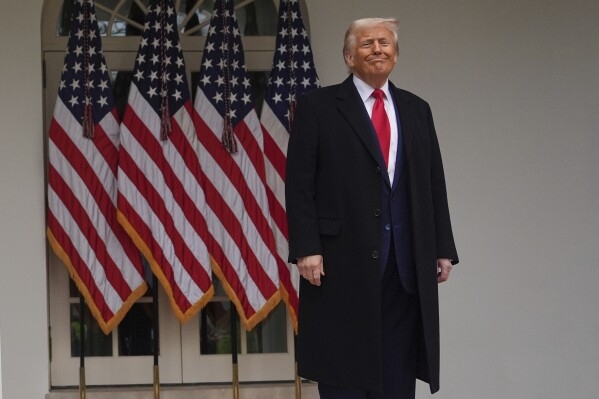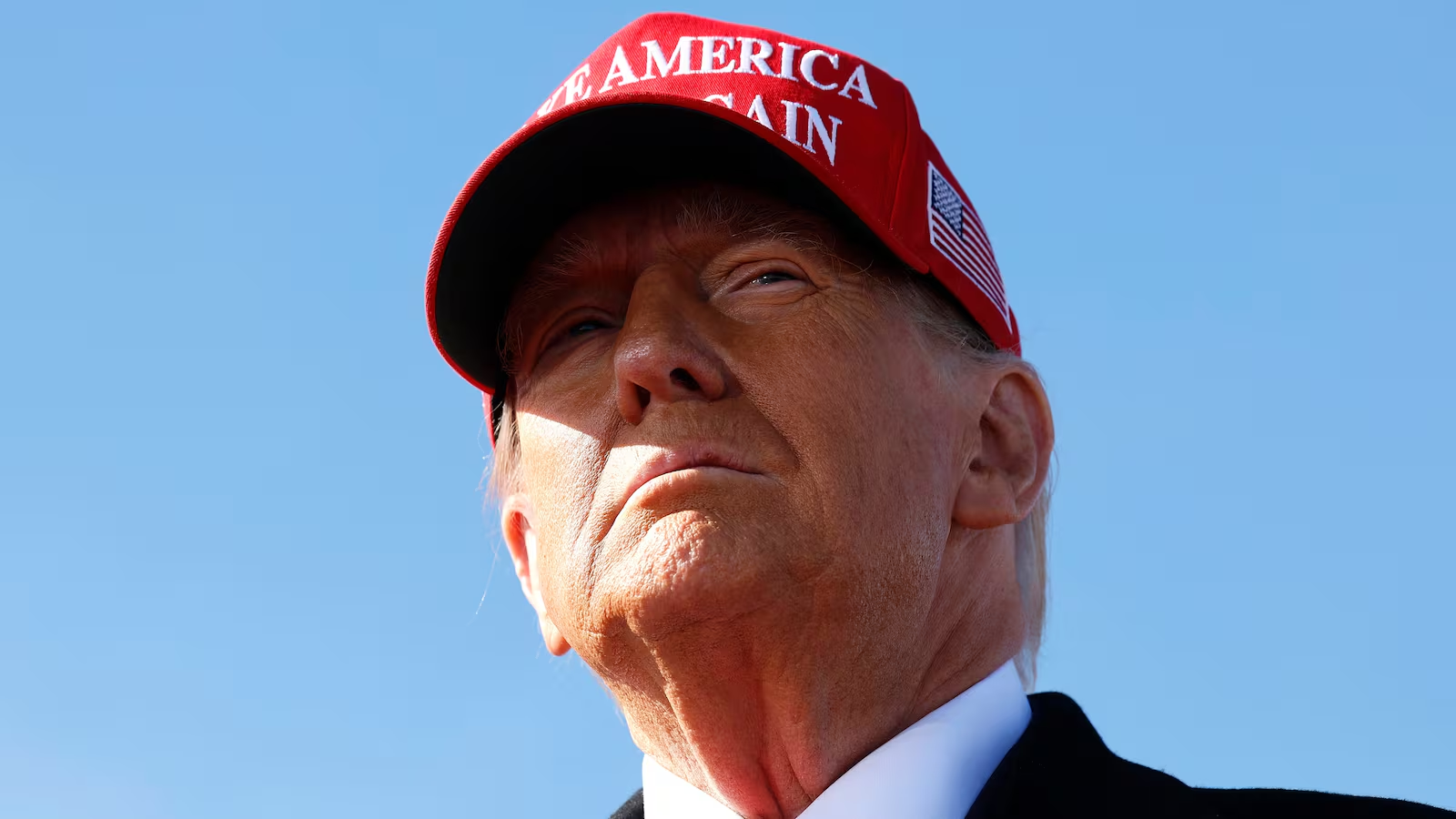Donald Trump’s presidency was one of the most polarizing in modern U.S. history, leaving a lasting impact on Washington and the nation. Even after his term ended, public opinion about his policies, leadership style, and influence on the Republican Party remains sharply divided. Tracking these sentiments provides crucial insights into the state of American politics today.
This article explores how public opinion on Trump’s Washington has evolved, the key factors shaping perceptions, and what this means for the future of U.S. governance.
1. The Polarization of Public Opinion Under Trump
From the moment Trump entered the White House in 2017, his administration was marked by unprecedented political polarization. Gallup polls consistently showed a massive gap between Republican and Democratic approval ratings—a trend that continued throughout his presidency.
-
Approval Ratings: Trump’s average approval rating hovered around 41%, one of the lowest for a modern president. However, his support among Republicans rarely dipped below 85%, showcasing intense partisan loyalty.
-
Disapproval Ratings: Democrats and many independents disapproved of Trump at historic levels, with disapproval peaking at 60% during contentious moments like the 2020 Black Lives Matter protests and the COVID-19 pandemic response.
This stark divide was fueled by Trump’s unconventional communication style, his attacks on the media (“fake news”), and his willingness to break political norms.
2. Key Issues Shaping Public Perception
Several major policy areas and controversies defined public opinion of Trump’s Washington:
A. Economic Policies
Trump’s economic record was a strong point for his supporters. Before the pandemic, the U.S. saw:
-
Low unemployment rates (3.5% in 2019)
-
Stock market highs
-
Tax cuts (2017 Tax Cuts and Jobs Act)
Public Reaction:
-
Republicans praised his deregulation and pro-business stance.
-
Democrats criticized the tax cuts for benefiting the wealthy and increasing deficits.
B. Immigration & Border Security
Trump’s hardline immigration policies, including the travel ban, family separations, and the push for a border wall, were highly contentious.
Public Reaction:
-
Supporters saw these measures as necessary for national security.
-
Critics condemned them as cruel and xenophobic, leading to widespread protests.
C. Handling of the COVID-19 Pandemic
Trump’s response to COVID-19 significantly impacted his approval ratings. His downplaying of the virus, promotion of unproven treatments, and clashes with health experts drew criticism.
Public Reaction:
-
Approval dropped among independents and moderates.
-
Partisan divide widened, with Republicans largely defending his approach while Democrats blamed him for the high death toll.
D. Impeachments & Political Scandals
Trump was impeached twice (2019 and 2021), further polarizing public opinion.
-
First impeachment (Ukraine scandal): Seen by Democrats as an abuse of power; Republicans dismissed it as partisan.
-
Second impeachment (Jan. 6 Capitol riot): A defining moment—Democrats and some Republicans held Trump responsible, while his base viewed it as political persecution.
3. Media Influence on Public Opinion
Trump’s relationship with the media played a huge role in shaping perceptions:
-
Conservative media (Fox News, OANN, Breitbart) amplified his messaging, reinforcing his base’s support.
-
Mainstream media (CNN, MSNBC, NYT) frequently criticized him, deepening liberal opposition.
-
Social media (Twitter, Facebook) allowed Trump to bypass traditional media, but his eventual bans after Jan. 6 sparked debates over free speech.
4. Post-Presidency: Trump’s Continued Influence
Even out of office, Trump remains a dominant force in U.S. politics:
-
2024 Election: He is the Republican frontrunner, maintaining strong grassroots support.
-
Legal Troubles: Indictments (e.g., classified documents case, Georgia election interference) have rallied his base, who see them as politically motivated.
-
Republican Party Control: Many GOP candidates still align with Trump’s “America First” agenda, showing his lasting grip on the party.
5. What Polls Say About Trump’s Legacy Today
Recent polling (2023-2024) reveals:
-
Republicans: Over 60% believe Trump was a “great” or “good” president.
-
Democrats: Over 80% view his presidency as a failure.
-
Independents: More mixed, with many disapproving of his conduct but supporting some policies (e.g., economic nationalism).
Conclusion: A Nation Still Divided
Tracking public opinion on Trump’s Washington reveals a country deeply split along partisan lines. His presidency reshaped the Republican Party, redefined political communication, and left a legacy that continues to influence elections.
As the 2024 election approaches, Trump’s enduring popularity among conservatives ensures that debates over his policies, leadership, and legal battles will remain central to American politics. Whether this polarization fades or intensifies will depend on how both parties—and the electorate—navigate the post-Trump era.



